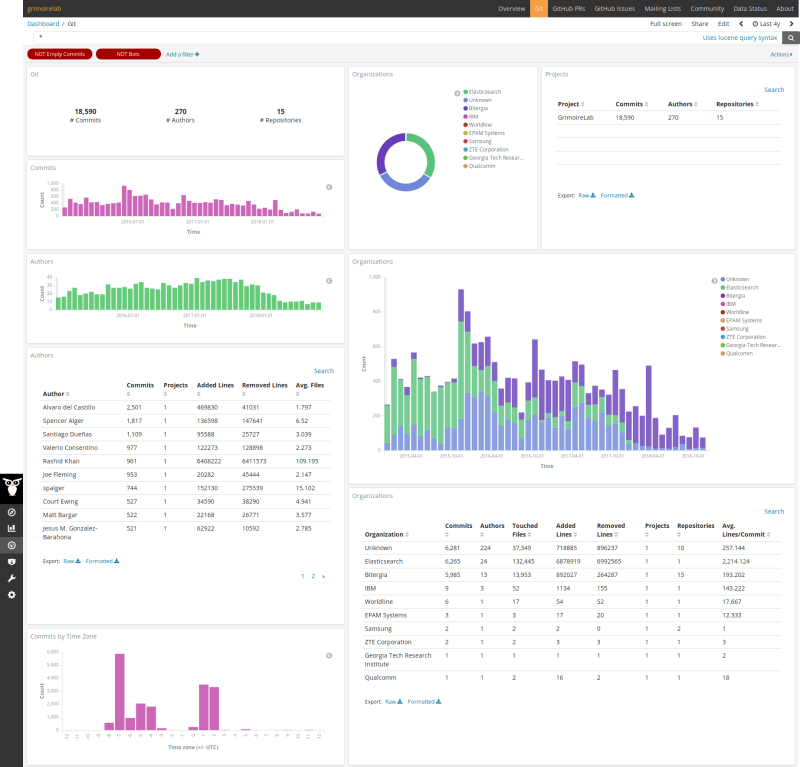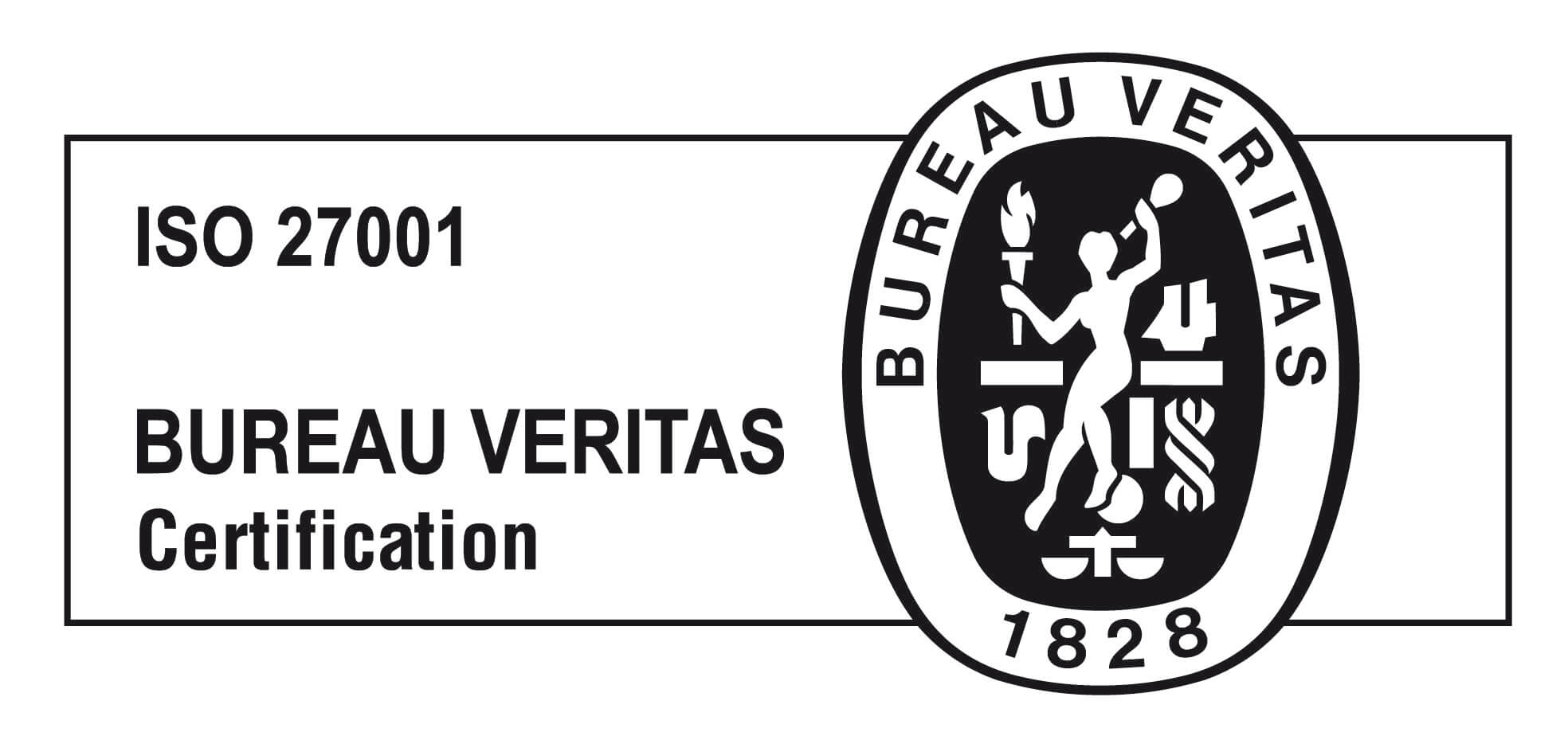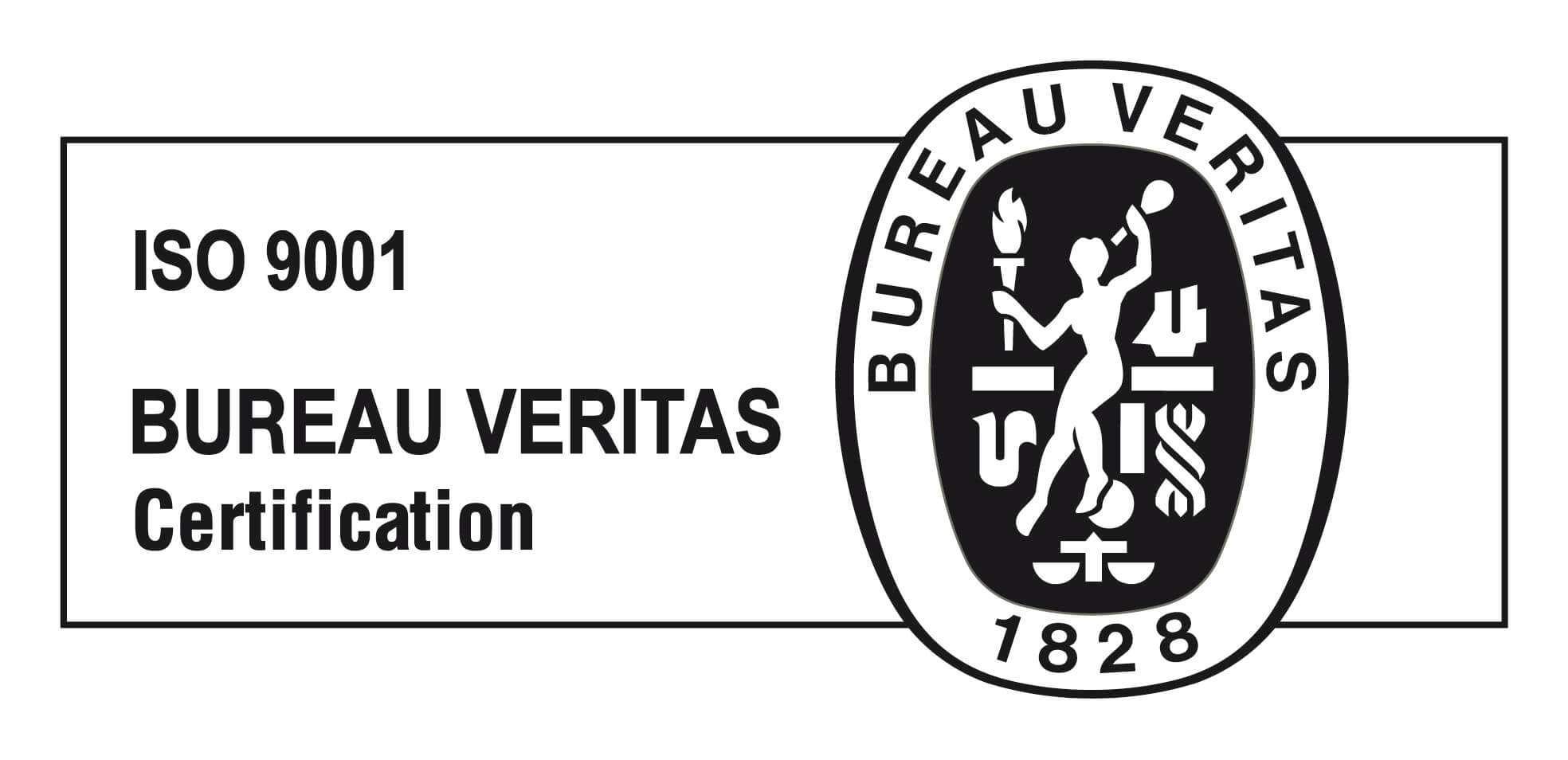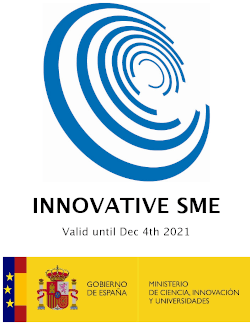Fintech companies were born in the digital world, and from the very beginning, their products and services take advantage of new technology practices. This post is the second part from our last article Innersource for financial services: A way to improve digital transformation? where we discussed the importance of Innersource for traditional financial services who wants to innovate. Today, we will focus on fintech companies and why Innersource should be implemented.
Why Innersource?
“If a fintech company is already digitized, why implementing Innersource methodologies?”
Innersource is about learning how to collaborate internally and is far more than just a methodology to boost digital transformation.
In terms of adopting an open source strategy for software development, most fintech companies focus on two strategies for gaining competitive advantage towards innovation and efficiency: Develop and release open source projects, and contribute to existing open source projects aligned with their goals.
As it’s said in the white paper published by Finos Foundation, “The business value of Open Source for financial services firms” (PDF):
Your competition is looking for every opportunity to beat you on features, cost, and development time, and if they’re taking advantage of opensource and you’re not, they’ll do it every time. The question is not whether to use open source but how to do it more strategically, efficiently, and extensively than your competitors”
These actions are indeed good practices within fintech companies. However, Innersource can be another key for gaining competitive advantage. If you learn to collaborate externally, why don’t you do the same internally?
Innersource works hand in hand with Open Source initiatives. Fintech companies who usually Open Source relase only a small portion of their software development projects. In fact, they might develop certain projects not profitable enough to be open to everyone, but still want to take advantage from the benefits that open source methodologies offer. Thus, shouldn’t we support internal innovation in all those cases? By using Innersource at this point, we can:
- Increase developer engagement: empowering developers to participate in different projects to start working on alternatives, new features that would like to add, etc. It will improve their quality of life as they will be in a constant learning process and adding experience as developer professionals
- Boost innovation: With Innersource you break out the silos of your organization and allow your developers to work in collaboration and empowering them to create new things
- Keep projects aligned with your company goals: Within open source, contributors defines the path the project is taking. Sometimes you can take control over it, sometimes you cannot. By Innersourcing, you make sure your project is aligned with your company goals as all your contributors are from your company and is an internal collaborative work
How do I know if my Innersource initiatives are working?
As Jono Bacon mentioned at his post Innersource: A Guide to the What, Why, and How: innersource is fundamentally about building culture and building a culture is hard.
Innersource faces challenges regarding uncertainly (Big changes at your workplace might get people anxious sometimes), implementation time (we plan to change a whole cultural perception and that’s obviously a slow process), and existence of different starting points (Innersource varies from organization to organization).
Here is when the importance of setting up your goals and being able to track and control your actions becomes crucial to reduce, as much as possible, these threats.
1 . If the company has clear goals (foster innovation, increase code re-usability, etc.), it’s possible to measure how far the company is from them and check if the policies and initiatives are helping or not to achieve them. With this, we’re reducing implementation time and unnecessary effort. If you want to know more about the first steps to measure Inner source take a look to How to measure success in your Inner Source initiative
2. Having a central window to check projects status in terms of activity, community and processes helps reducing uncertainty.

3 . As Innersource varies from organization to organization they need customized software development monitoring mechanisms.
Last but not least!
Our consultancy team and partners, together with Bitergia Analytics platform, provide the resources and means to help companies succeed in their Innersource initiatives while managing these risks.
If you are interested in knowing more about how we can help you in your Innersource initiatives, feel free to drop us a line, or meet us in the InnerSource Commons community or in the InnerSource Spain community if you are based in Spain. Let’s Innersource together!









